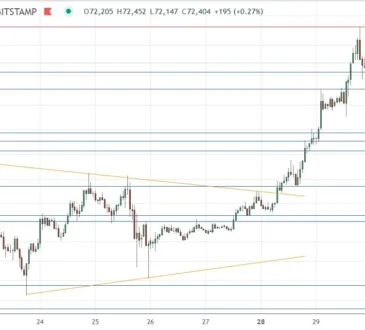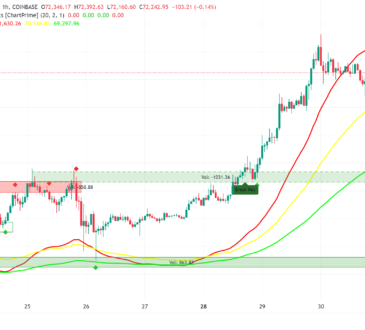Markets show relief after yesterday’s global sell-off
The effects of yesterday’s global sell-off appear to be easing on Tuesday. Risk gauges like the VIX, the yen, and the Swiss franc have seen the selling hold up for the time being. The sharp global sell-off has been influenced by a number of factors, but one stands at the heart of it: the carry trade unwind.
Impact of central bank policies
With the Fed posturing for a rate cut and the Bank of Japan normalising its monetary policy through rate hikes, a drop in USD/JPY always seemed likely. However, the speed of its unravelling has shocked markets. For years, investors took advantage of ultra-low interest rates in Japan to borrow yen and then invest that cheap money in higher-yielding investments like stocks or even treasuries.
Market expectations and reactions
Markets currently price in a 75% chance the Fed will kickstart the cutting cycle with a 50 basis point (bps) reduction in September, instead of the usual 25 bps, after the US unemployment rate rose to 4.3% in July. Such concern sent the dollar lower, and the BoJ surprise hike last month helped to strengthen the yen at the same time. Therefore, the interest rate differential between the two nations will be reduced from both sides, souring long-standing carry trades.
Investor strategies amid volatility
Investors and hedge funds that borrowed in yen were forced to liquidate other investments in a short space of time to finance the settlement of riskier yen-denominated loans/debts. A fast-appreciating yen means it will require more units of foreign currency to purchase yen and settle those yen-denominated loans.
USD/JPY sell-off pauses, threat remains
This week, Fed members attempted to instil calmness in the market, accepting that the job market has eased but cautioning against reading too much into one labour report. The Fed has admitted that the risks of maintaining restrictive monetary policy are more finely balanced. Holding rates at elevated levels hinders economic activity, hiring, and employment, and so at some stage, the fight against inflation can jeopardise the Fed’s employment mandate.
The Fed is expected to announce its first rate cut since the hiking cycle began in 2022, but the discussion now revolves around the number: 25 bps or 50 bps? Markets assign a 75% chance of a 50 bps cut, which has amplified the downside move in USD/JPY.
While the RSI remains well within oversold territory, this is a market that has the potential to drop for some time. The unravelling of carry trades is likely to continue as long as the Fed and BoJ remain on their respective policy paths. 140.25 is the next immediate level of support for USD/JPY, but it wouldn’t be surprising to see a shorter-term correction given the extent of the multi-week sell-off.





